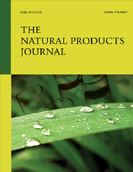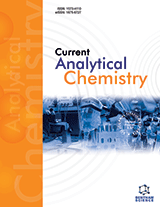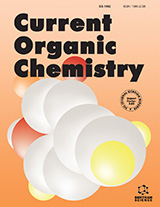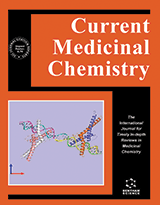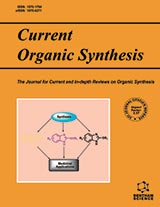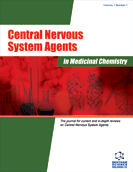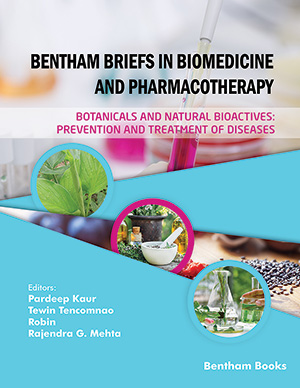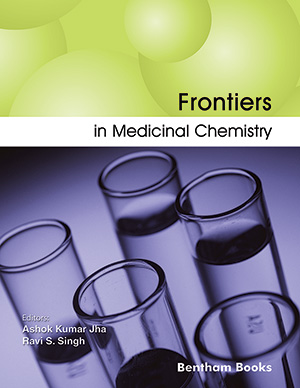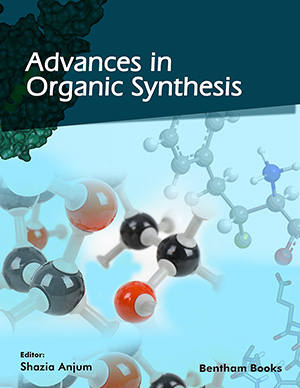Abstract
The effect of different cooking methods on the ascorbic acid content of pumpkin, carrots, broccoli and cauliflower was determined. Cooking with steam and microwaves preserved ascorbic acid better than other methods. The unconventional parts of these vegetables (leaves, surface and stems) had the same or more ascorbic acid content than the conventional parts. Pumpkin and carrot surfaces (peels) had nearly identical ascorbic acid contents compared to the pulps of the fresh vegetables. The ascorbic acid content in broccoli stems was 31.2 mg/100 g and in both flowers and leaves it was 24.3 mg/100 g. Cauliflower leaves had the largest concentration of ascorbic acid, 44.3 mg/100g, compared to the flowers and stems, which had 26.5 and 21.1 mg/100 g, respectively. These patterns remained after cooking by different methods used in this study. In general, cooking in microwaves or steam reduced the ascorbic acid less than boiling. However, the uncooked (raw) vegetables had the most ascorbic acid.
Keywords: Broccoli, carrots, cauliflowers, cooking, domestic cooking, immersion, microwaves, pressure, processing, pumpkin, steam, vitamin C.
The Natural Products Journal
Title:Stability of Ascorbic Acid in Vegetables Submitted to Different Methods of Cooking
Volume: 4 Issue: 1
Author(s): Erica R. Daiuto, Daniela R. Pigoli, Rogerio L. Vieites and Robert E. Smith
Affiliation:
Keywords: Broccoli, carrots, cauliflowers, cooking, domestic cooking, immersion, microwaves, pressure, processing, pumpkin, steam, vitamin C.
Abstract: The effect of different cooking methods on the ascorbic acid content of pumpkin, carrots, broccoli and cauliflower was determined. Cooking with steam and microwaves preserved ascorbic acid better than other methods. The unconventional parts of these vegetables (leaves, surface and stems) had the same or more ascorbic acid content than the conventional parts. Pumpkin and carrot surfaces (peels) had nearly identical ascorbic acid contents compared to the pulps of the fresh vegetables. The ascorbic acid content in broccoli stems was 31.2 mg/100 g and in both flowers and leaves it was 24.3 mg/100 g. Cauliflower leaves had the largest concentration of ascorbic acid, 44.3 mg/100g, compared to the flowers and stems, which had 26.5 and 21.1 mg/100 g, respectively. These patterns remained after cooking by different methods used in this study. In general, cooking in microwaves or steam reduced the ascorbic acid less than boiling. However, the uncooked (raw) vegetables had the most ascorbic acid.
Export Options
About this article
Cite this article as:
R. Daiuto Erica, R. Pigoli Daniela, L. Vieites Rogerio and E. Smith Robert, Stability of Ascorbic Acid in Vegetables Submitted to Different Methods of Cooking, The Natural Products Journal 2014; 4 (1) . https://dx.doi.org/10.2174/221031550401140715124613
| DOI https://dx.doi.org/10.2174/221031550401140715124613 |
Print ISSN 2210-3155 |
| Publisher Name Bentham Science Publisher |
Online ISSN 2210-3163 |
Call for Papers in Thematic Issues
Ayurvedic medicinal therapeutic approaches for inflammatory and neurodegenerative disorders
Usually, in our elderly population, neurodegenerative disorders occur due to neuron death. Alzheimer?s disease (AD) is an irreversible and progressive neurodegenerative disease. Dementia is the leading cause of AD, which affects about 30 million people worldwide. According to the World Alzheimer report 2018, a new case of dementia develops every ...read more
Recent Advances in Biotransformation of Bioactive Terpenoids using Aspergillus niger
Biotransformation is the reaction catalyzed by biological catalysts of either isolated enzymes or whole cell cultures of microorganisms. This process has been extensively applied in the conversion of bioactive terpenoids with high regio- and stereospecifity. This process has been also applied in the lead discovery and development. Aspergillus niger has ...read more
 36
36
- Author Guidelines
- Graphical Abstracts
- Fabricating and Stating False Information
- Research Misconduct
- Post Publication Discussions and Corrections
- Publishing Ethics and Rectitude
- Increase Visibility of Your Article
- Archiving Policies
- Peer Review Workflow
- Order Your Article Before Print
- Promote Your Article
- Manuscript Transfer Facility
- Editorial Policies
- Allegations from Whistleblowers
Related Articles
-
Energy Remodeling, Mitochondrial Disorder and Heart Failure
Current Pharmaceutical Design A Review of Therapeutic Effects of Curcumin
Current Pharmaceutical Design Integrative Neurochemistry and Neurobiology of Social Recognition and Behavior Analyzed with Respect to CD38-Dependent Brain Oxytocin Secretion
Current Topics in Medicinal Chemistry Hybrid Docking-QSAR Studies of 1, 4-dihydropyridine-3, 5-Dicarboxamides as Potential Antitubercular Agents
Current Computer-Aided Drug Design The Real Code of Leonardo da Vinci
Current Cardiology Reviews Effect of Long Chain n-3 PUFA on Endothelial Activation, Endothelial Function and Atheromatous Plaque Stability
Current Nutrition & Food Science Regression of Oxidative Stress by Targeting eNOS and Nrf2/ARE Signaling: A Guided Drug Target for Cardiovascular Diseases
Current Topics in Medicinal Chemistry Selective Serotonin Reuptake Inhibitors for Premature Ejaculation: Review of Erectile and Ejaculatory Side Effects
Current Drug Safety Metabolomics and the Diagnosis of Human Diseases -A Guide to the Markers and Pathophysiological Pathways Affected
Current Medicinal Chemistry Pharmacological Interventions on Asymmetric Dimethylarginine, a Clinical Marker of Vascular Disease
Current Medicinal Chemistry Colorectal Cancer in Elderly Patients: From Best Supportive Care to Cure
Anti-Cancer Agents in Medicinal Chemistry Structural MRI Predictors of Late-Life Cognition Differ Across African Americans, Hispanics, and Whites
Current Alzheimer Research Anti-Inflammatory and Anti-Allergy Drugs in Rhinosinusitis
Anti-Inflammatory & Anti-Allergy Agents in Medicinal Chemistry Transmucosal Delivery of Linagliptin for the Treatment of Type- 2 Diabetes Mellitus by Ultra-Thin Nanofibers
Current Drug Delivery Gene-Wide Approach: New Frontiers in Cardiovascular Genetic Epidemiology
Current Hypertension Reviews The Cellular and Molecular Basis of Health Benefits of Grape Seed Proanthocyanidin Extract
Current Pharmaceutical Biotechnology The Roles of Parathyroid Hormone and Calcitonin in Bone Remodeling: Prospects for Novel Therapeutics
Endocrine, Metabolic & Immune Disorders - Drug Targets Light Directed Gene Transfer by Photochemical Internalisation
Current Gene Therapy Targeting Cancer Cells with Photoactive Silica Nanoparticles
Current Pharmaceutical Design Discussion on Pharmacogenetic Interaction in G6PD Deficiency and Methods to Identify Potential Hemolytic Drugs
Cardiovascular & Hematological Disorders-Drug Targets


